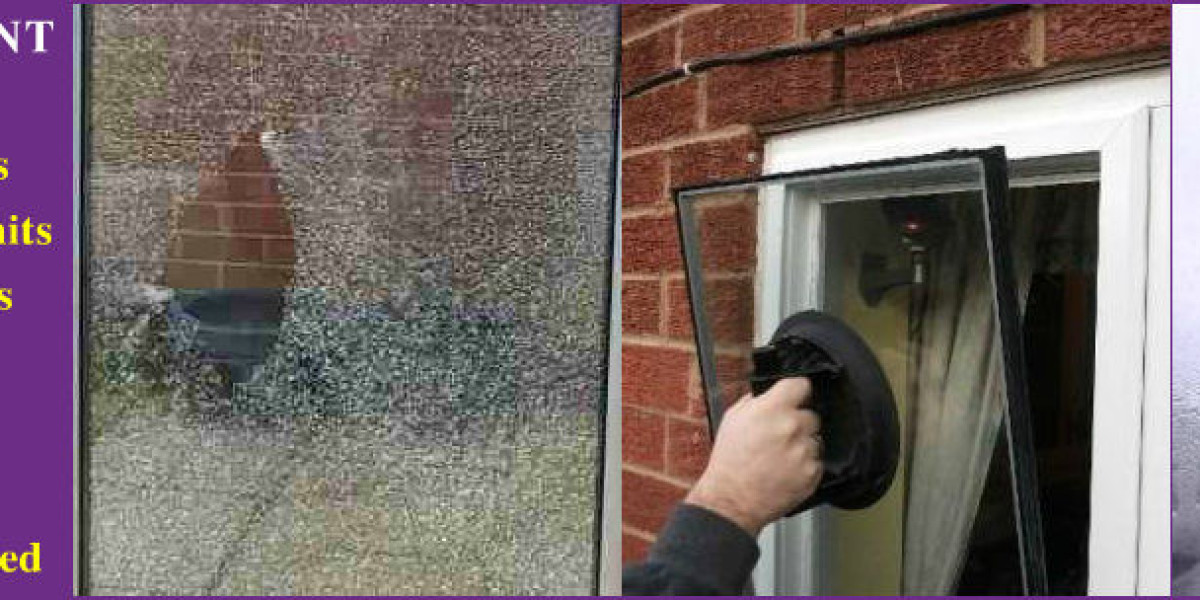Window Frame Repair: A Comprehensive Guide
Windows are more than just openings that let light and fresh air into a home; they are integral to the structure and energy effectiveness of the structure. In time, window frames can weaken due to various aspects like weather condition, wear and tear, and poor upkeep. Fixing window frames is necessary to maintain the stability of the home and ensure optimum performance. This detailed guide will stroll you through the actions to repair window frames, consisting of common issues, products needed, and step-by-step instructions. In addition, we'll attend to some frequently asked concerns to assist you browse the procedure.

Common Issues with Window Frames
- Breaking and Splitting
- This is often brought on by direct exposure to severe climate condition, such as direct sunlight and severe winters.
- Rotting
- Wood frames are particularly vulnerable to rot due to moisture accumulation.
- Drafts
- Spaces in the frame can lead to air leakages, lowering energy performance.
- Distorted Frames
- Deforming can take place due to humidity changes and inappropriate installation.
- Fading and Upvc Windows repairs Discoloration
- UV rays can cause paint and wood to fade over time.
Tools and Materials Needed
Products:
- Wood filler or epoxy
- Caulking (silicone or polyurethane)
- Primer and paint
- Replacement parts (if required)
- Weatherstripping
Tools:
- Screwdriver
- Hammer
- Sculpt
- Sandpaper
- Paintbrush
- Caulking weapon
- Drill
- Level
- Measuring tape
- Security goggles
- Work gloves
Step-by-Step Guide to Window Frame Repair
1. Assess the Damage
- Begin by determining the type and level of the damage. Look for fractures, rot, drafts, and warping.
- Use a flashlight to inspect locations that are challenging to see, such as corners and joints.
2. Clean the Frame
- Remove any loose particles, paint chips, and dirt from the frame utilizing a moist fabric and cleansing solution.
- Enable the frame to dry completely before continuing.
3. Repair Cracks and Splitting
- For little cracks, apply wood filler or epoxy. Smooth it out with a putty knife and let it dry according to the manufacturer's instructions.
- For bigger splits, utilize wood glue. Apply the glue to the split, clamp the frame, and let it dry overnight.
4. Address Rotting Wood
- If the frame is made from wood and reveals signs of rot, you'll require to remove the broken areas.
- Utilize a chisel and hammer to thoroughly cut out the rotted wood.
- Tidy the location and apply a wood hardener to the remaining wood.
- Once the hardener is dry, fill the spaces with wood filler or a rot repair package.
- Sand the fixed location till it's smooth and even.
5. Fix Drafts
- Determine the source of the drafts. Typical perpetrators include spaces in between the frame and the wall, and damaged weatherstripping.
- Apply caulk to seal spaces between the frame and the wall. Use a silicone or polyurethane caulk for a lasting seal.
- Replace old weatherstripping with new, high-quality strips. Step and cut the strips to fit the window frame, and install them according to the producer's directions.
6. Correct The Alignment Of Warped Frames
- For minor warping, utilize a wetness treatment. Apply an option of water and white vinegar to the deformed area, and after that cover it with plastic to assist the wood absorb the wetness.
- For more extreme warping, you may require to eliminate the frame and replace it with a new one. Ensure the new frame is effectively sized and set up to avoid future issues.
7. Paint and Finish
- As soon as all repairs are total, sand the frame to guarantee a smooth surface area.
- Apply a coat of primer to the repaired locations to prepare them for painting.
- Paint the frame with a high-quality outside paint. Use a paintbrush or roller to apply an even coat, and permit it to dry entirely.
8. Evaluate the Window
- After the paint has actually dried, open and close the window to guarantee it runs smoothly.
- Look for any staying drafts or gaps and make extra modifications as needed.
FAQs About Window Frame Repair
1. How often should I inspect my window frames?
- It's a great practice to inspect your window frames at least as soon as a year, preferably before the onset of winter season to determine and repair any problems that could aggravate throughout the chillier months.
2. Can I repair a badly damaged window frame myself?
- Minor Doors Repairs can often be handled by yourself, however extreme damage might need expert assistance. If the frame is thoroughly rotted or deformed, it's best to consult an expert to avoid further damage.
3. What type of caulk is best for window frames?
- Silicone or polyurethane caulk is recommended for window frames due to their resilience and resistance to severe weather conditions. These kinds of caulk supply a long-lasting seal that can hold up against temperature level fluctuations and moisture.
4. Is it needed to prime the window frame before painting?
- Yes, priming is essential. It assists the paint adhere better and provides a smooth, uniform surface. Priming also seals the wood, avoiding it from absorbing wetness, which can lead to additional damage.
5. Can I use the same weatherstripping for all types of windows?
- No, various kinds of windows might need different kinds of weatherstripping. For example, moving windows often utilize V-strip or bulb-type weatherstripping, while double glazing window repair-hung windows may use foam tape or adhesive-backed weatherstripping. Always choose the appropriate type for your window to guarantee a correct seal.
6. What should I do if the window frame is entirely decomposed?

- If the frame is entirely rotted, it will require to be replaced. Measure the existing frame, acquire a brand-new one, and install it according to the maker's directions. Alternatively, you can employ a professional to deal with the replacement.
7. How can I prevent window frame damage in the future?
- Regular upkeep is essential. Check and clean up the frames each year, reapply caulk and weatherstripping as required, and make sure appropriate drain around the windows to avoid water buildup. Additionally, keep the frames painted to protect them from the aspects.
Extra Tips for Window Frame Repair
- Security First: Always use security goggles and work gloves when dealing with tools and products. Guarantee the area is well-ventilated, especially when utilizing caulk or paint.
- Weather condition Considerations: Avoid dealing with window repairs during severe weather. High humidity can impact the drying time of caulk and paint, while extreme cold can make products fragile and challenging to deal with.
- Expert Help: If you're uncertain about any part of the repair process, don't hesitate to call an expert. They can provide expert advice and make sure the repairs are done correctly.
Window frame repair is an essential element of home upkeep that can significantly affect the convenience and energy efficiency of your home. By following the steps laid out in this guide and dealing with typical issues like cracking, decomposing, and drafts, you can extend the life of your windows and preserve the aesthetic appeal of your home. Regular inspection and prompt repairs can save you money and time in the long run, guaranteeing your windows stay functional and lovely for several years to come.








